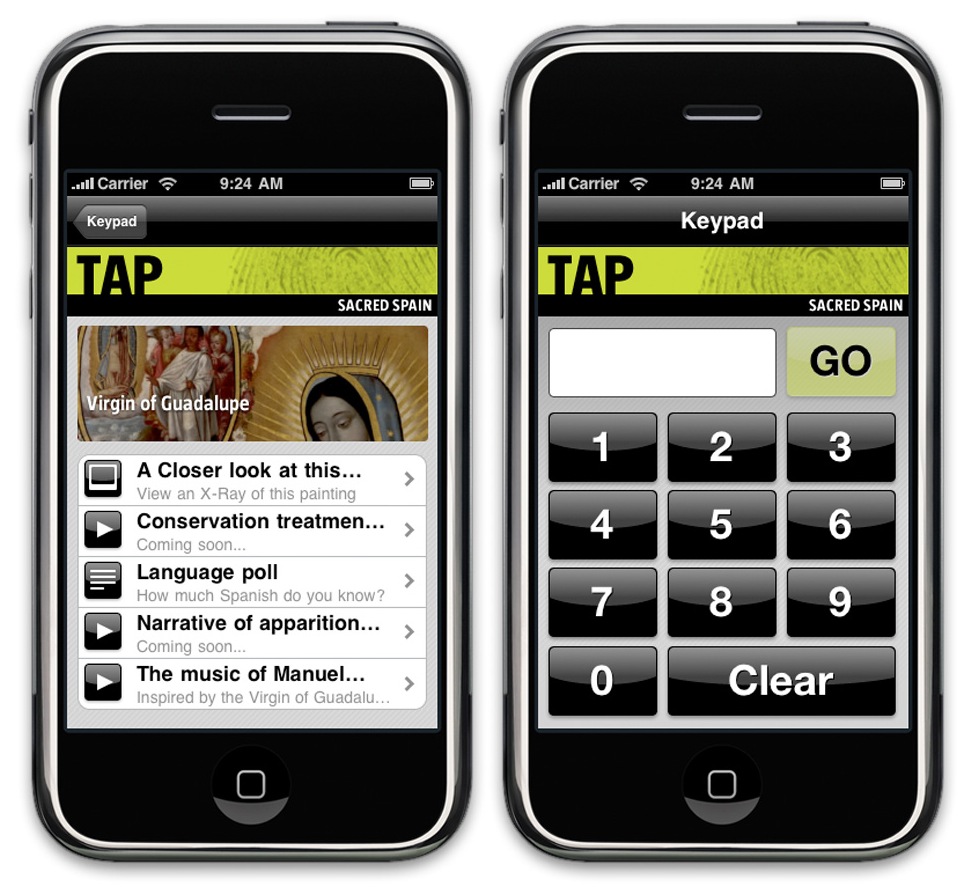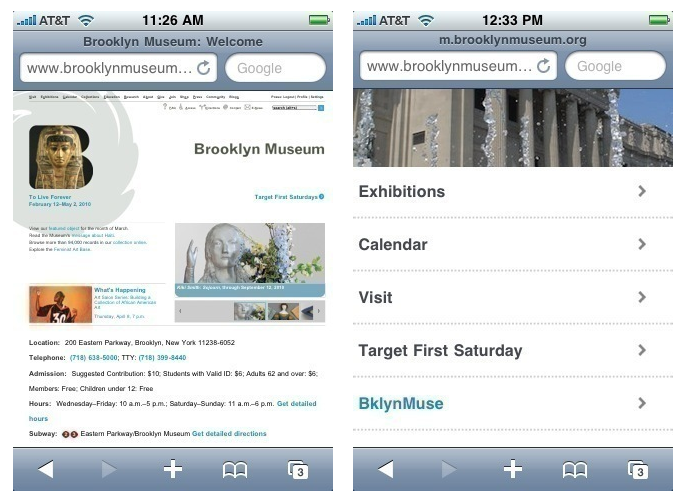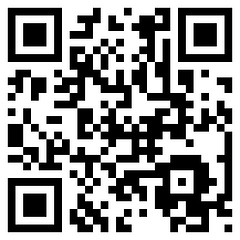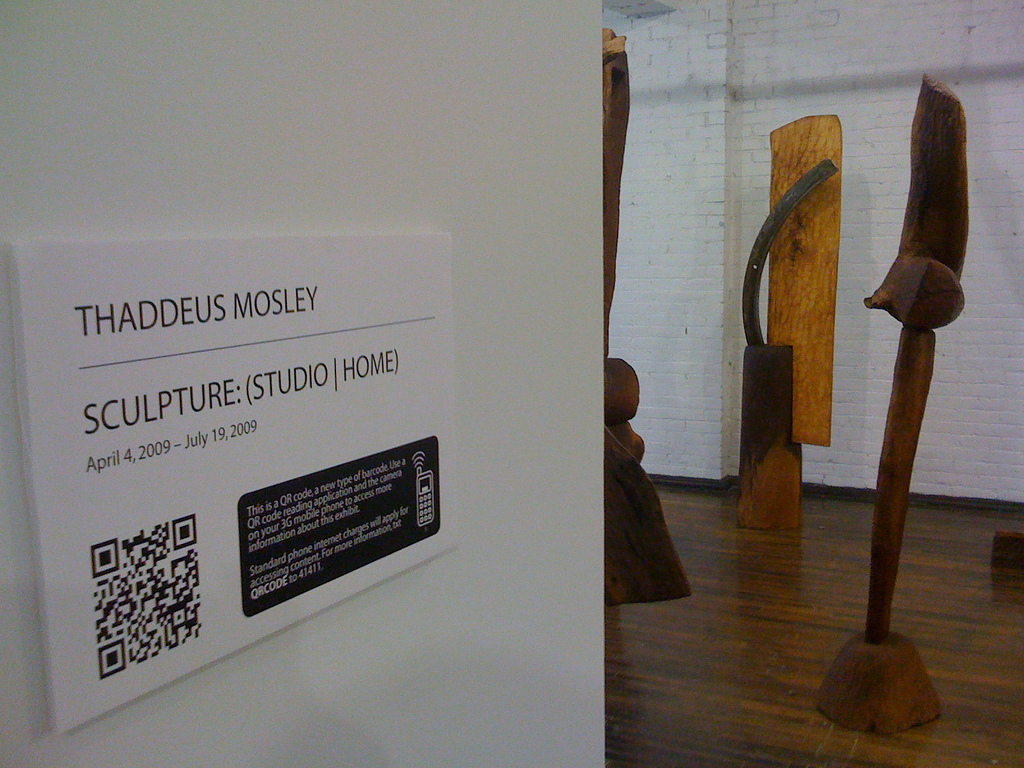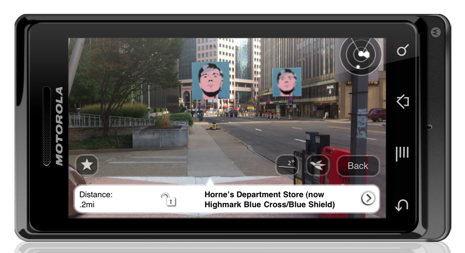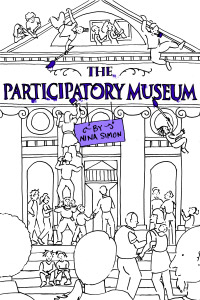 Earlier this week, the Pittsburgh Children’s Museum hosted a talk by Nina K. Simon, author of The Participatory Museum and the Museum 2.0 blog. Simon works with museums throughout the country to develop programs for improving visitor engagement.
Earlier this week, the Pittsburgh Children’s Museum hosted a talk by Nina K. Simon, author of The Participatory Museum and the Museum 2.0 blog. Simon works with museums throughout the country to develop programs for improving visitor engagement.
Simon brought up some great ideas about the ways in which museums could use programming to increase engagement and create meaningful experiences between visitors. Might arts organizations be able to apply her ideas about museums when designing their own strategies with technology and social media?
Here are a few of her ideas from the talk and how I think they might be applied:
Museums should be seen as places for everyday use
Simon argued that many museums are seen as tourist destinations that have a long-standing stereotype of being a place to be visited maybe only once a year. This is also true for many other types of arts organizations. Many of us would like to see that change and for arts organizations to become places that people consider frequenting practically everyday. Social media could be a strong tool for stimulating this impression. Offering frequent, engaging content online and creating a personal connection with our organizations’ constituents can help counter the idea that arts organizations are aloof and impersonal tourist destinations. Social media offers an opportunity to communicate the frequent, sometimes daily offerings of your organization.
Museums should be trusted hosts for social experiences
Simon spoke last night about the success some museums have had with programs that involve voting, encourage competition, and prioritize face-to-face interaction between visitors. Arts organizations could apply this idea towards utilizing social event sites like meetup.com, where the end result is a real-life, social interaction. Or this idea could be applied towards using such tools as real time tagging of artworks from any discipline or mobile device voting systems as a way to create conversation and interaction between visitors. The Indianapolis Symphony Orchestra went the mobile voting route when they had audience members vote, via text, to choose which encore the symphony performed.
Museums should be places for seeing and exploring as well as sharing and making
Another great way to engage visitors in a meaningful way is to encourage them to share their experiences of the organization with their friends and to create their own content. Social networking sites are centered on this idea of sharing experiences online and many organizations have taken advantage of this by encouraging their visitors to share photos and stories on the organizations’ social networks. The Vancouver Opera has a flickr fashion page that gives visitors who have “dressed to the nines” a place to shine online. The Mattress Factory’s iConfess is a confessional booth for visitors to express their ideas about the museum and publish those ideas directly to YouTube. Photos and personal experiences are definitely visitor-created content, but current technology can push this idea of participation even further. The success the Guggenheim had with YouTube Play, an online exhibition of user-created videos, and online projects like The Johnny Cash Project, where users re-interpret a Johnny Cash video by drawing over each frame, are two great examples.
As technology and social networks continue to expand and grow at a rapid rate, it’s hard to know which to develop programming for. These ideas presented at Ms. Simon’s talk can serve as great starting points to that conversation. As your organization moves forward developing technological programming, some questions should be asked, such as: Is the technology serving the end goal of bringing people to our institution? Is it helping to create a worthwhile experience for visitors, or is it just tech for tech’s sake? How varied of an audience can a particular technology or social network reach? Are there better, low-tech solutions to visitor engagement? New technology and advances in web 2.0 can offer powerful tools that can help expand audiences and increase visitor engagement, but remember to step back and look at which strategy best serves your organization's visitors and creates a meaningful experience.






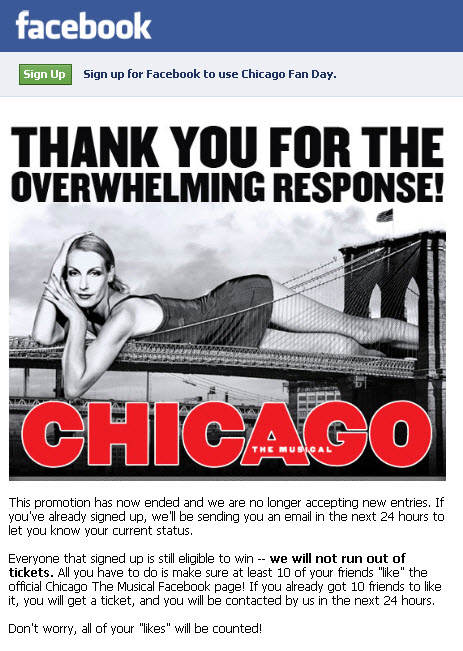
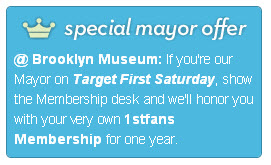


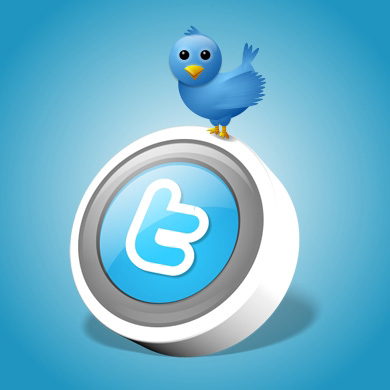 Getting the Most Out of Twitter
Getting the Most Out of Twitter David Dombrosky is the Executive Director of the
David Dombrosky is the Executive Director of the 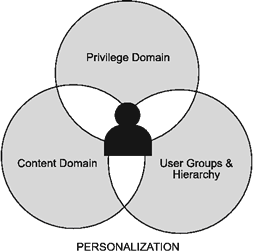 Researchers from Georgia Tech University recently published their first annual
Researchers from Georgia Tech University recently published their first annual  For arts organizations, this could lead to new levels of advertising, event management and customer service, but it will also require new levels of tech savvy and strategic media planning. Data is powerful and no organization wants to be on the wrong side of a filter.
For arts organizations, this could lead to new levels of advertising, event management and customer service, but it will also require new levels of tech savvy and strategic media planning. Data is powerful and no organization wants to be on the wrong side of a filter.